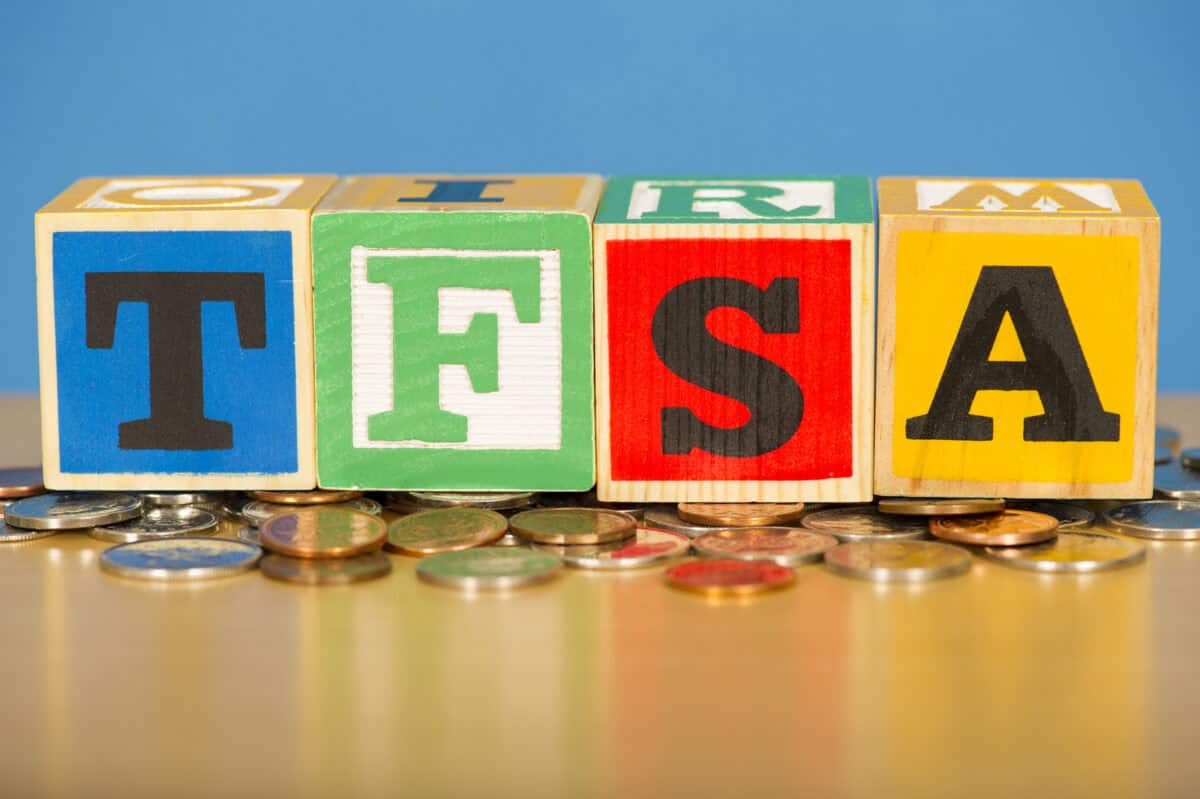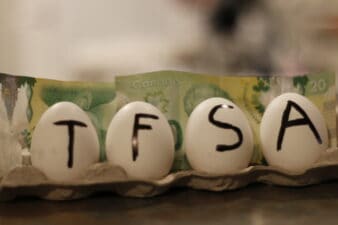A previous version of this article misstated the 2024 contribution limit to a TFSA. The error has been corrected.
Today, we’re not looking to do everything perfectly when it comes to investing in a Tax-Free Savings Account (TFSA). We can only do our best. And that includes being prepared.
That’s why we’re going to look at some of the lesser-known mistakes that Canadians make when investing in a TFSA. And, of course, how to overcome them through investing.
1. Over-contribution penalties
One of the most significant pitfalls is over-contributing to a TFSA. The contribution limit for 2024 is $7,000, and any unused room from previous years carries forward. Exceeding this limit, even unintentionally, results in a penalty of 1% per month on the excess amount.
This can quickly erode the benefits of tax-free growth. According to the Canada Revenue Agency (CRA), thousands of Canadians incur these penalties annually. To avoid this, track your contributions meticulously and use online tools provided by the CRA to monitor your available room.
2. Incorrect transfers
Another common mistake involves the transfer of TFSA assets. Direct transfers between financial institutions are tax-free, but if you withdraw funds and then re-contribute them, you might inadvertently over-contribute, especially if this happens within the same year. This results in penalties. To overcome this, always request a direct transfer from your financial institution rather than handling the funds yourself.
3. Foreign dividend transactions
While income earned within a TFSA is generally tax-free, dividends from foreign stocks may still be subject to withholding tax by the foreign government. For instance, U.S. dividends are subject to a 15% withholding tax, which cannot be recovered even though it’s in a TFSA.
To mitigate this, consider holding foreign dividend-paying stocks in other accounts like an RRSP, where withholding taxes may be recoverable.
4. Misunderstanding qualified investments
Not all investments are suitable for a TFSA. High-risk investments such as certain speculative stocks, cryptocurrencies, and non-Canadian real estate can be problematic. The CRA has rules against investments that could be deemed as “carrying on a business” inside a TFSA, which can lead to the account being taxed.
For example, a TFSA holding a large number of trades might be considered trading as a business, leading to income taxes on gains. Diversify your investments and ensure they are qualified and within acceptable risk parameters to avoid potential issues.
5. Beneficiary issues
Failing to properly designate a beneficiary or successor holder can lead to complications and tax consequences upon death. Without a designated beneficiary, the TFSA loses its tax-free status and becomes part of the estate, potentially subjecting it to probate fees. To avoid this, regularly review and update your beneficiary designations, ensuring they align with your current wishes and legal requirements.
6. Impact of government benefits
Income earned in a TFSA does not affect eligibility for income-tested benefits and credits such as the Guaranteed Income Supplement (GIS) or Old Age Security (OAS). However, withdrawing large sums can create an impression of increased income if the withdrawals are not managed properly in financial assessments. Planning withdrawals in a way that minimizes their impact on income-tested benefits can help maintain eligibility for these supports.
7. Unused contribution room misconceptions
Many Canadians underestimate the potential of their TFSA by not fully utilizing their contribution room. As of 2024, the cumulative contribution limit for someone who has been eligible since the TFSA’s inception in 2009 is $88,000. Failing to maximize contributions can result in lost growth opportunities. Consistently contributing even small amounts can significantly benefit from compounding interest over time. Using automatic contributions can help in consistently maximizing your TFSA.
Once you contribute, start investing to create more income! Investing in an exchange-traded fund (ETF) like the iShares S&P/TSX 60 Index ETF (TSX:XIU) is one of the most popular and largest ETFs in Canada. It aims to replicate the performance of the S&P/TSX 60 Index, which consists of 60 of the largest companies listed on the Toronto Stock Exchange. This ETF provides broad exposure to the Canadian equity market, covering a wide range of sectors.
With a compound annual growth rate (CAGR) of over 7% in the last decade, and a dividend yield of 3.6%, it’s a strong ETF to buy and hold in your TFSA for years to come.








